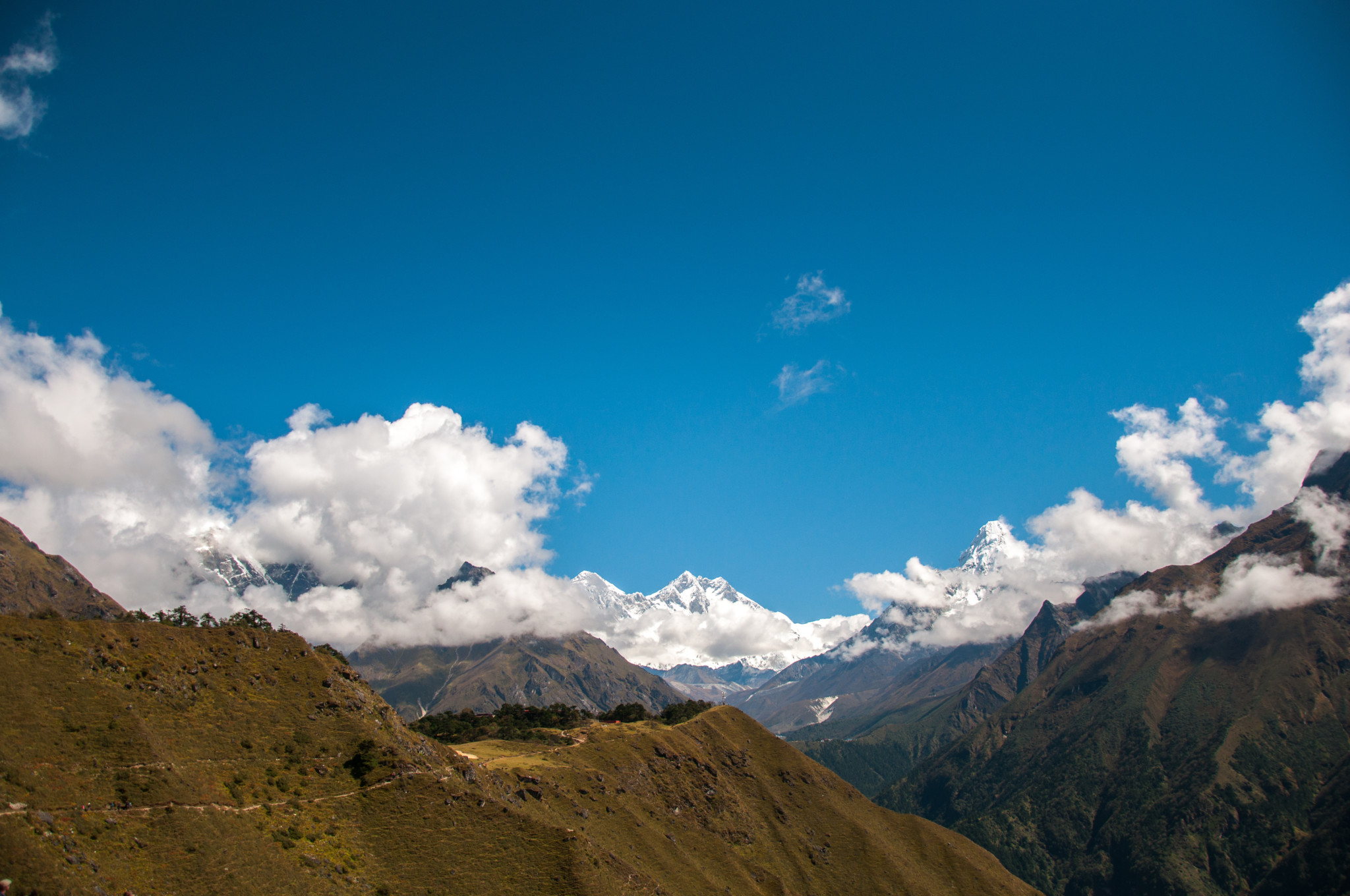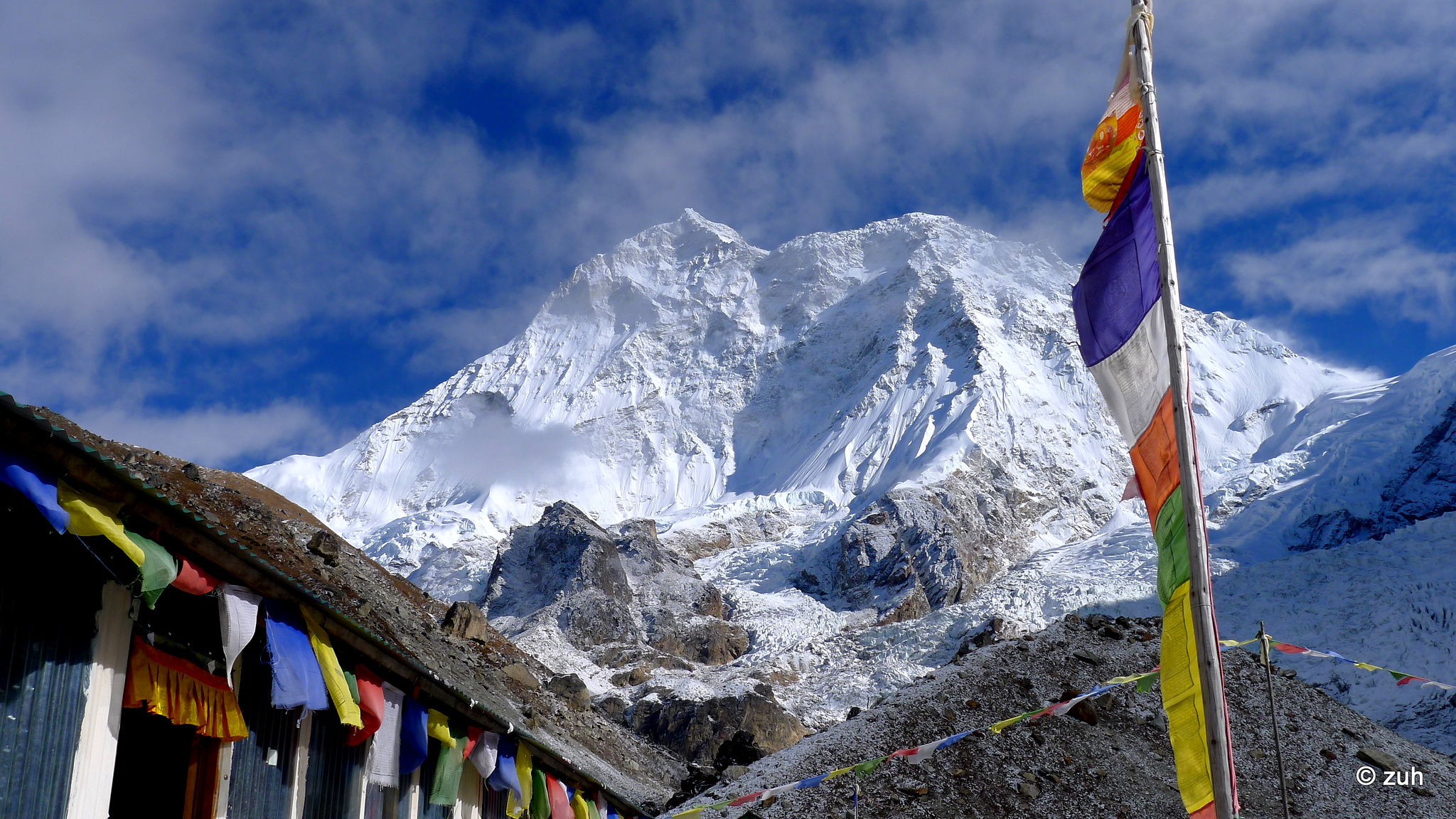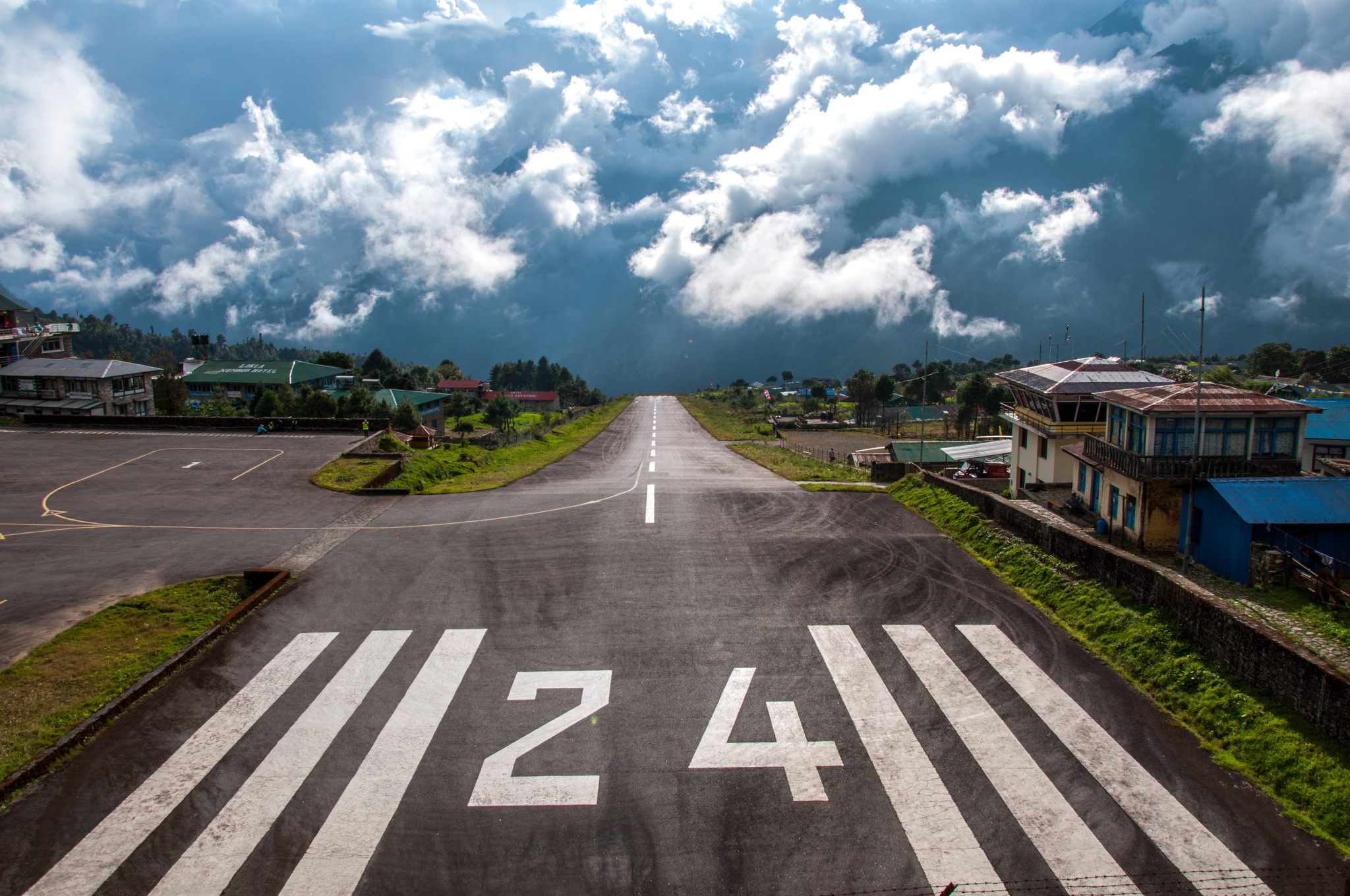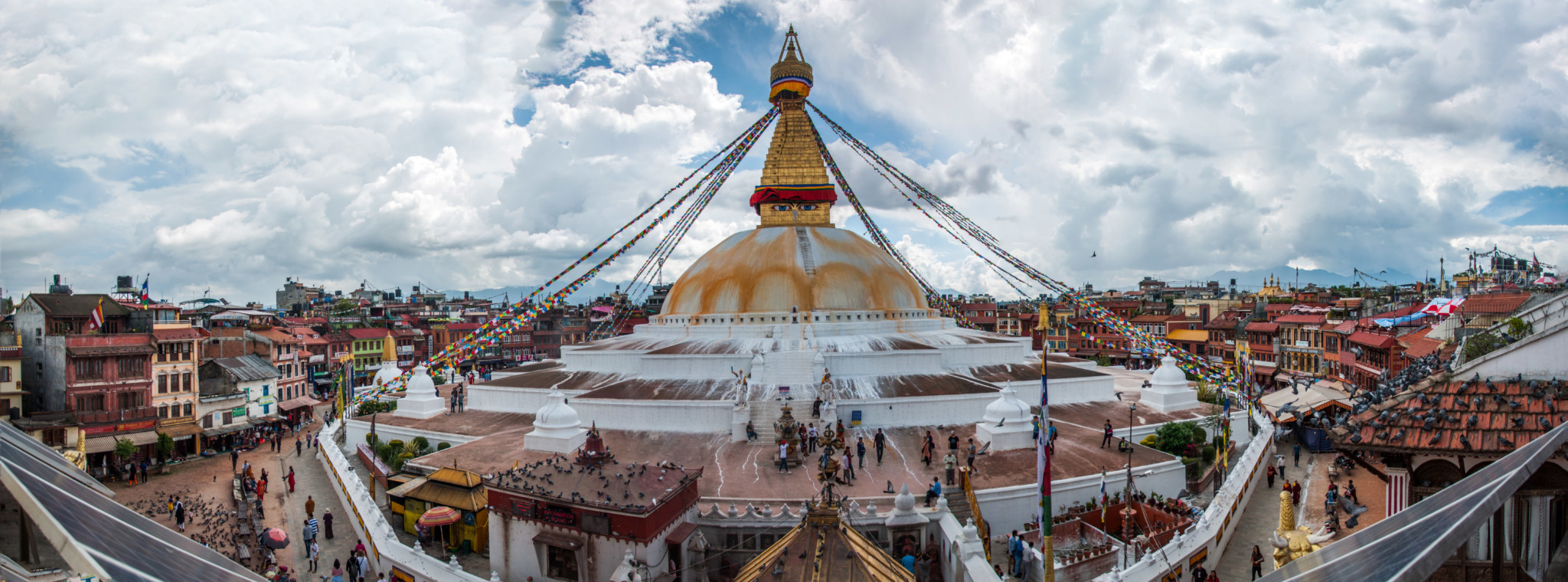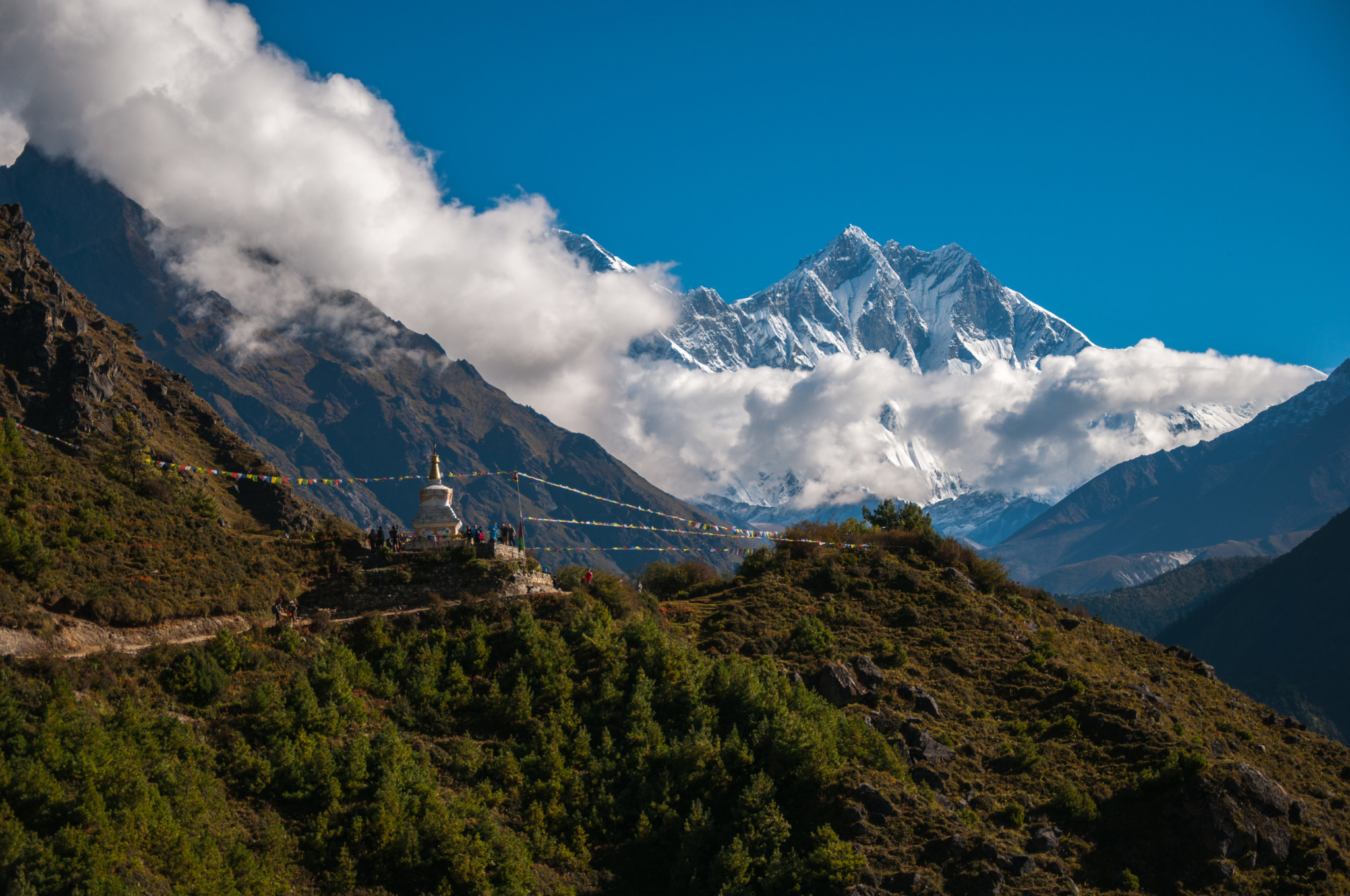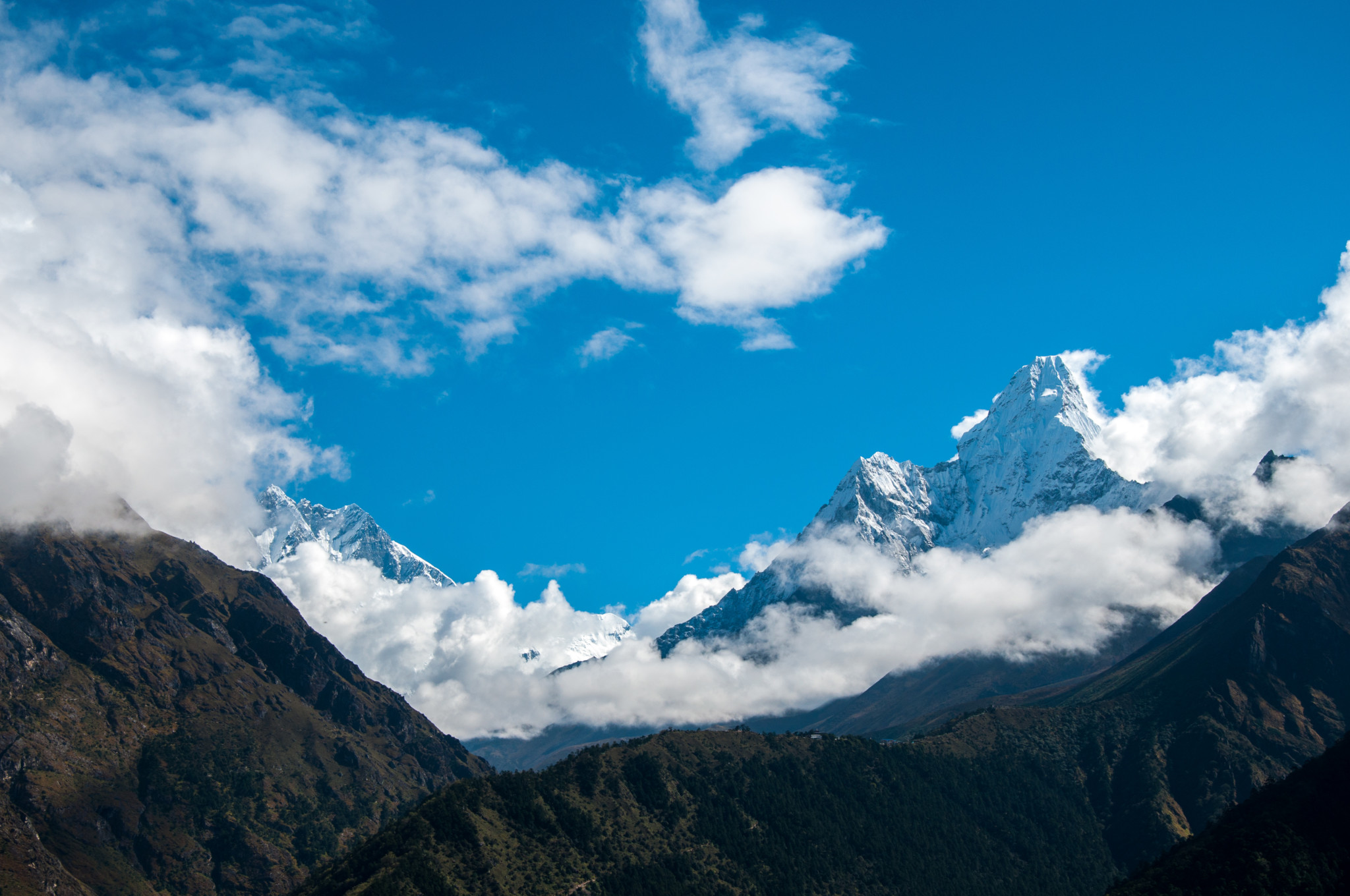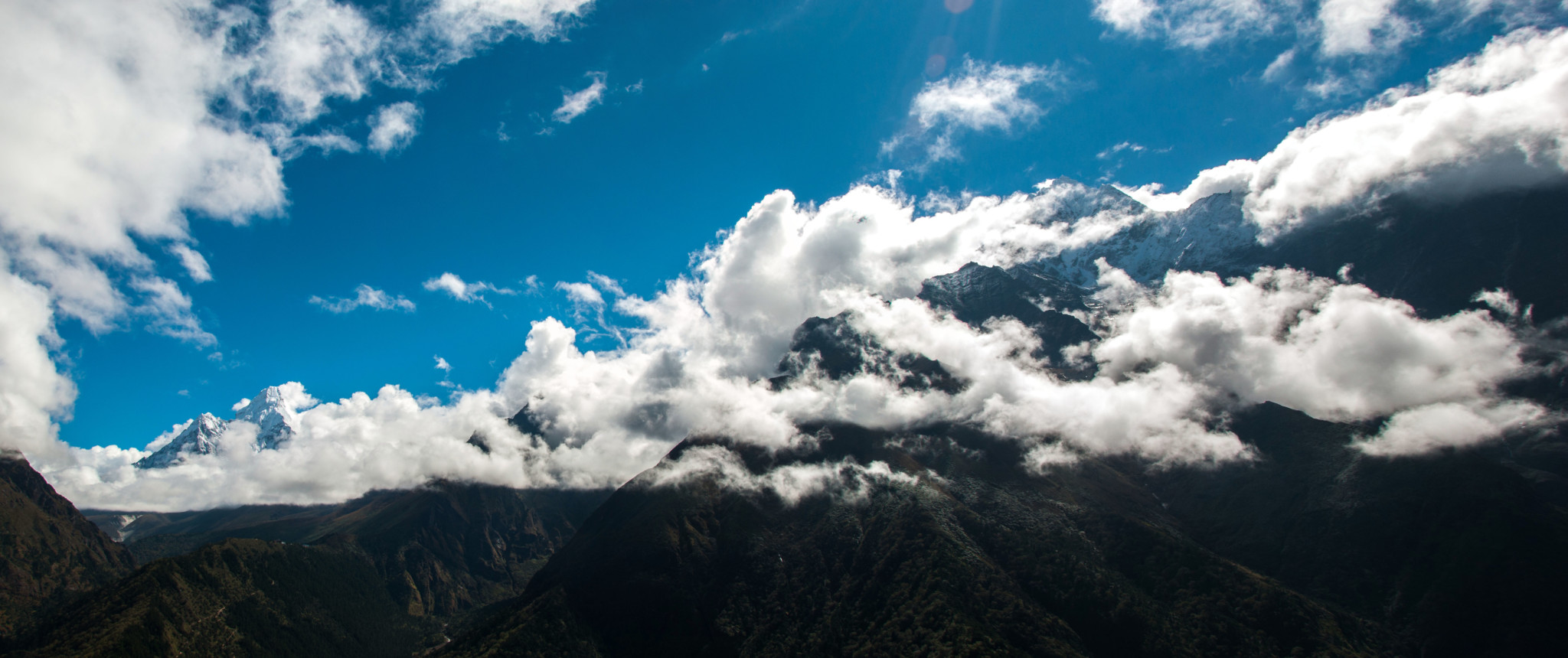Bandipur – 3 days
Bandipur is a hilltop settlement in Tanahu District, Gandaki Zone. Because of its preserved, old time cultural atmosphere, Bandipur has increasingly been coming to the attention of tourism.
Bandipur is located at an elevation of 1030m on a mountain saddle (Mahabharat range) approximately 700m above the Marsyangdi River Valley, 143km to the west of Kathmandu and 80km to the east of Pokhara. Since 1998 it is connected by a 8km access road from Dumre (Kathmandu-Pokhara highway). Until then there was only an unreliable road, in monsoon usually not accessible or only by tractors. The mountain saddle, just 200m long, is barely wide enough to accommodate the main street lined by 2-3 storey buildings on either side. At the backsides of these houses the mountainsides steeply descend and the gardens are only accessible by stairs.
Bandipur was established as a funnelling point of trade by Newar traders from Bhaktapur. They took advantage of its malaria free location to develop it into an important stop along the India-Tibet trade route. With them they brought their cultural heritage and architecture which basically has remained unchanged to this day.
Originally a simple Magar village in the early 19th. Century Bandipur developed into prosperous trading centre and a community with town-like features: substantial buildings, with their neoclassical façades and shuttered windows and streets paved with slabs of silverish slate. Bandipur had its heyday in the Rana times (1846-1951), when, as a measure of its power and prestige, it was granted special permission to have its own library (still existing).
In the 1970s, trading fell into a steep decline with the construction of the Kathmandu – Pokhara highway. For technical reasons it was logically built in the Marsyangdi valley, leaving Bandipur isolated up on the mountain. In addition to that, as a result of its poor accessibility, Bandipur lost importance because the district headquarters of Tahahu were moved to Damauli.
Bandipur is a national treasure. Draped like a silk scarf along a high ridge above Dumre, the town is a living museum of Newari culture. People here seem to live centuries apart from the rest of the country and more than 70% of the buildings are traditional Newari houses, with carved wooden windows and overhanging slate roofs. It’s hard to believe that somewhere so delightful has managed to escape the ravages of tourist development although the Bandipur Social Development Committee has had courage to open Bandipur to tourism. There are just a few places to stay and eat and money from tourism ventures is ploughed back into restoring temples and houses. Bandipur remains very much a living community – as you wander around the narrow streets, you’ll see farmers tending market gardens, women carrying baskets of freshly cut fodder, children stacking cobs of corn on wooden stakes, and goats, buffaloes and chickens wandering around as if they owned the place.
From Kathmandu it takes 4-5 hrs to get here by car. Tourist may have 2-3 days sightseeing and resting program there – the great views of this area are really worth to see!











